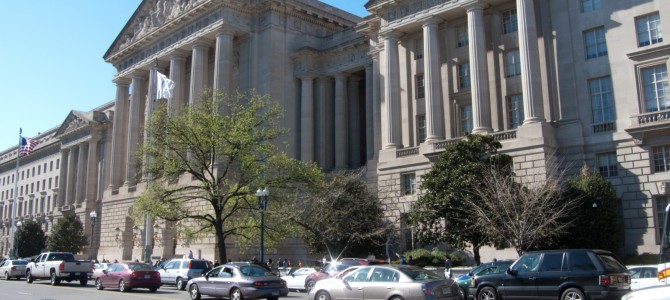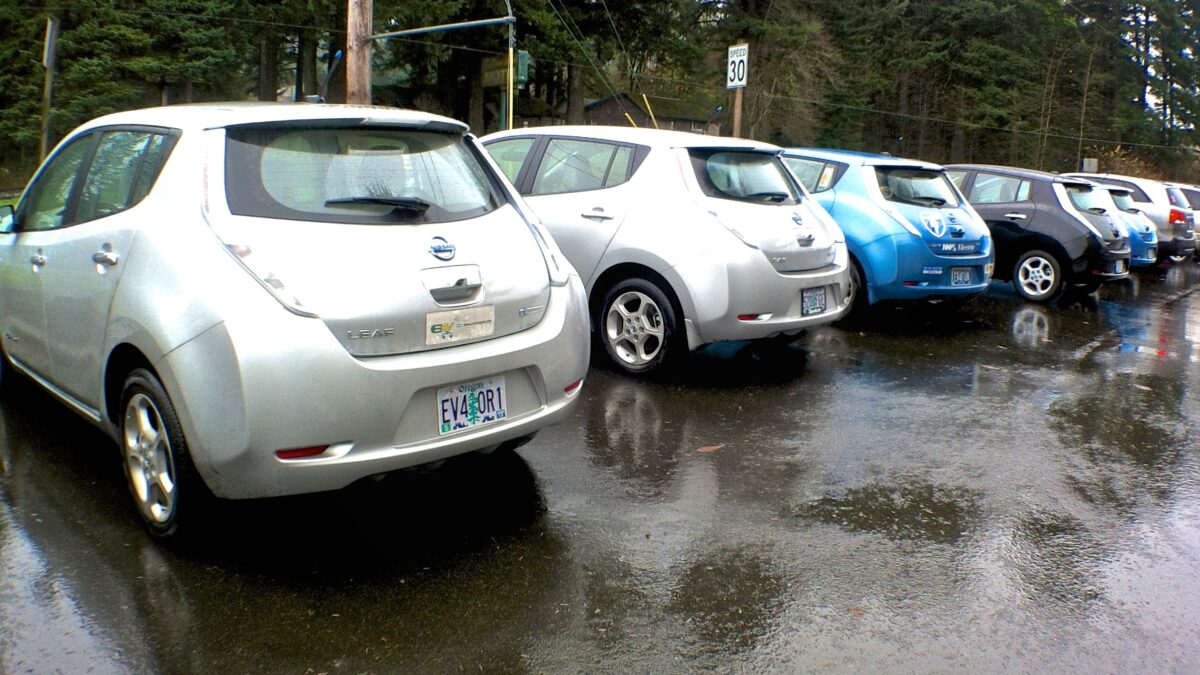Recently released emails show extensive collaboration between federal environmental regulators and environmental groups:
Emails show EPA used official events to help environmentalist groups gather signatures for petitions on agency rulemaking, incorporated advance copies of letters drafted by those groups into official statements, and worked with environmentalists to publicly pressure executives of at least one energy company.
The disclosures are already causing controversy, with claims that EPA and environmentalist groups collaborated to ensure that new EPA regulations involving carbon capture and storage would effectively kill coal projects.
But the symbiotic relationship between EPA and environmentalist has been going on for quite some time. Every major federal environmental law, including the Clean Air Act, the Clean Water Act, and the Endangered Species Act, contains provisions allowing private organizations to sue the EPA if they believe it is not going far enough in protecting air quality. Environmentalist groups do this frequently. And yet, all too often, when the EPA is sued by environmentalist groups, it folds without putting up much of a fight. As former EPA official Jeffrey Holmstead has explained matters, “often the suits involve things the EPA wants to do anyway. By inviting a lawsuit and then signing a consent decree, the agency gets legal cover from the political heat.”
According to a 2013 report by the U.S. Chamber of Commerce, sue and settle has become a common practice: “EPA chose at some point not to defend itself in lawsuits brought by special interest advocacy groups at least 60 times between 2009 and 2012. In each case, it agreed to settlements on terms favorable to those groups. These settlements directly resulted in EPA agreeing to publish more than 100 new regulations, many of which impose compliance costs in the tens of millions and even billions of dollars.”
Suing the EPA can be a lucrative business. The Equal Access to Justice Act, as well as other cost shifting provisions in the Clean Air Act, allow activist groups to collect their attorneys’ fees in these suits if they can show that the EPA’s position was not “substantially justified.”
According to a 2011 GAO report, between 1998 and 2010 the Department of Justice spent $43 million defending against suits brought by environmentalist groups, some of which have raked in millions in attorneys’ fees. Often, fees are awarded even in cases where the EPA merely missed a statutory deadline or made some other procedural error, rather than being substantively wrong.
Ironically, EPA’s environmentalist adversaries are often the beneficiaries of other forms of government largess. The National Resources Defense Fund, a frequent plaintiff against EPA, has received more than $6.5 million in grants from the EPA since 2000. The EPA has even produced a “Citizen’s Guide,” explaining how to take advantage of the citizen suit provisions of the Clean Air Act and other environmental legislation.
Controversy over this less than adversarial relationship continues to grow. Last summer twelve states brought suit against the EPA over what it claims are the agency’s sue and settle practices.
The prospect that the EPA may be using activist lawsuits as a pretext for increasing regulation has disturbing implications for the integrity of the legal process. The American legal system is based on the notion that two opposing parties, each making the best case they can for their own position, is the best road to discovering the truth. But when the “adversaries” in a case are really both on the same side, the process is corrupted. Reining in abuse of environmental citizen’s suits is one small way to restore the EPA’s accountability to the American people.
Follow Josiah Neeley on Twitter.









